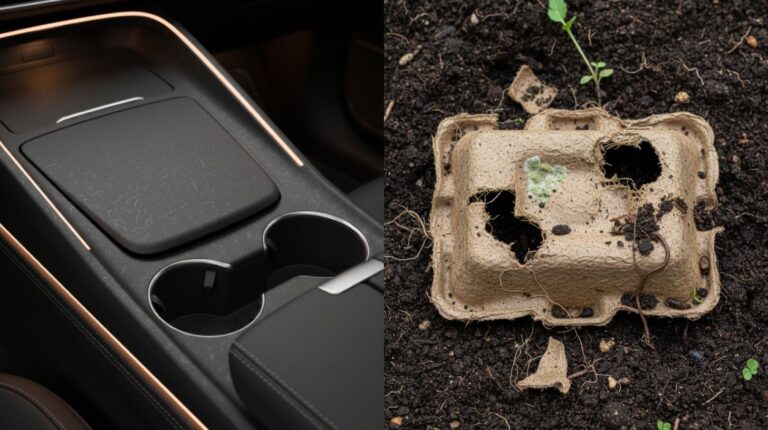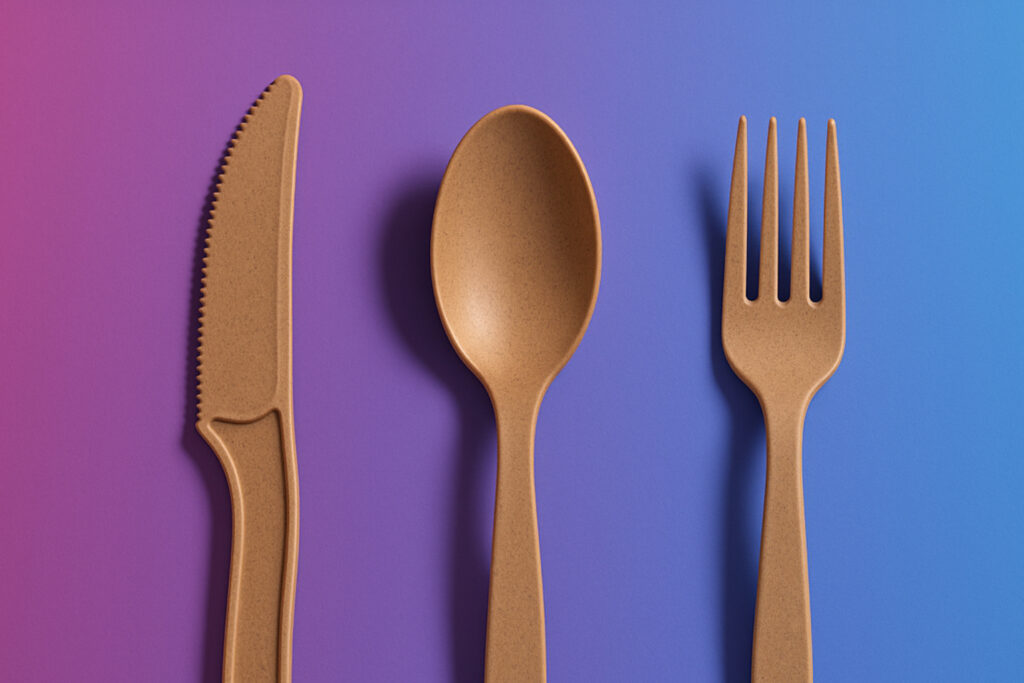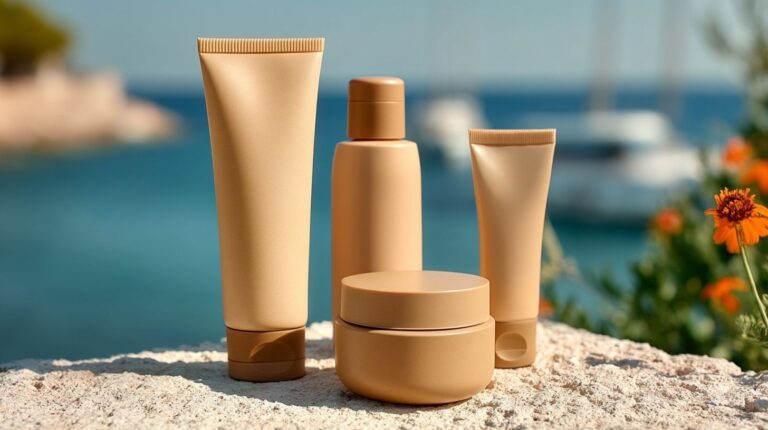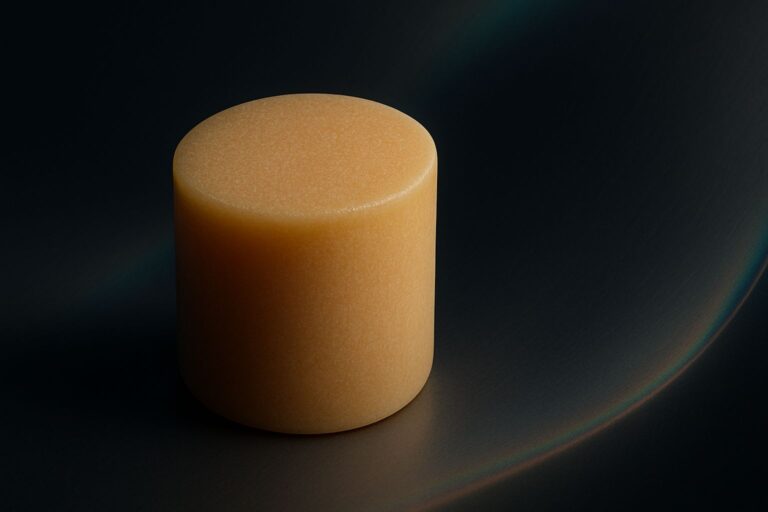
GreenHub
A Practical Guide to the EU Single-Use Plastics Directive (SUPD) for Product Designers
The European Union’s Single-Use Plastics Directive (SUPD) represents one of the most significant regulatory shifts for the packaging, foodservice, and consumer goods industries. For product designers and brands, navigating its requirements is no longer optional—it is essential for market access. However, compliance does not have to mean compromise. In fact, the SUPD presents a powerful opportunity to innovate with smarter, more circular materials that go beyond simple replacement.
This guide breaks down the core principles of the SUPD and explains how advanced material choices can help you not only comply, but lead the transition to a more sustainable future.
Understanding the Core Aim of the SUPD: Shifting Away from a Disposable Culture
The primary goal of the SUPD is to reduce the impact of certain plastic products on the environment, particularly marine litter. It achieves this through a range of measures, but for product designers, the most important focus is on reducing consumption of single-use items and promoting reusable alternatives.
Key takeaways include:
Bans on Specific Items: Where affordable alternatives exist, items like single-use plastic cutlery, plates, straws, and beverage stirrers are restricted from the market.
Consumption Reduction Mandates: EU Member States must achieve measurable, sustained reductions in the consumption of items like plastic food containers and beverage cups.
An Emphasis on Reusability: The directive strongly encourages placing reusable products on the market as the preferred alternative to single-use items.

How Advanced Materials Offer a Compliant and Superior Solution
- Simply switching from one disposable material to another may not fully capture the spirit of the directive. The future lies in materials that are intentionally designed for multiple cycles and a responsible end-of-life.
At Biomera, our materials are engineered to meet this challenge head-on. Many of our compostable products, such as those made with our V1 and V2 materials, are specifically designed for durability.
This creates a powerful dual benefit:
They are Reusable: Products like our cutlery, straws, and lids are robust enough to withstand multiple uses and washes, fulfilling the SUPD’s primary goal of promoting reusable systems and reducing overall consumption.
They have a Responsible End-of-Life: After their reusable life is over, they can be safely composted (industrially for V1, at home for V2), preventing them from becoming persistent plastic waste and returning nutrients to the soil.
This “Reusable-then-Compostable” model offers a complete, circular solution that is perfectly aligned with the intent of the SUPD.
Looking Beyond Compliance: The Decarbonization Advantage
Meeting SUPD requirements is the baseline for operating in Europe. True industry leadership, however, involves tackling the parallel challenge of climate change. This is where the choice of a truly sustainable material becomes a powerful strategic advantage.
By selecting reusable alternatives built from low-carbon or carbon-negative materials, brands can achieve dual benefits. Not only do they comply with plastic reduction mandates, but they also actively decarbonize their product lines and lower their Scope 3 emissions.
Biomera’s solutions, from our low-carbon compostable compounds (V1, V2) to our upcoming, plastic-free, carbon-negative V3 platform, are designed with this dual purpose in mind. We provide the tools to not only replace problematic plastics but to replace them with materials that offer a measurable, positive climate impact.
Conclusion: Designing for the Future
The EU Single-Use Plastics Directive is more than a set of rules; it is a catalyst for profound innovation. It challenges businesses to rethink product design, material choice, and lifecycle management.
By embracing durable, reusable products made from advanced sustainable materials—especially those with a low or negative carbon footprint—brands can move beyond mere compliance. They can become leaders in the transition to a truly regenerative, circular economy that is both plastic-free and climate-conscious.

